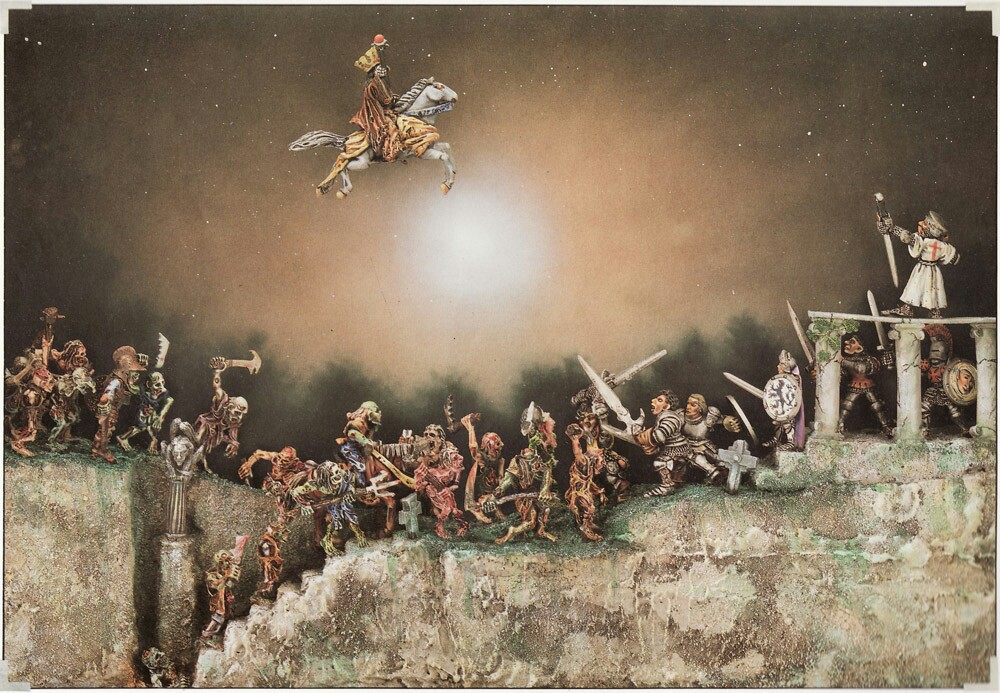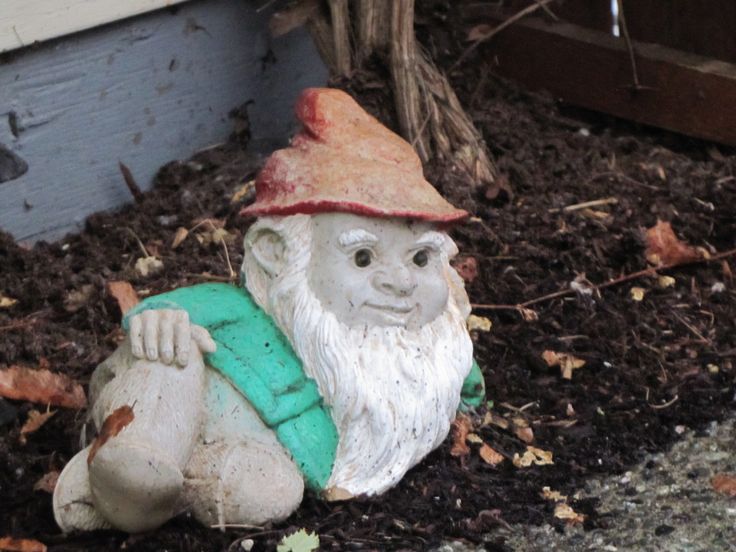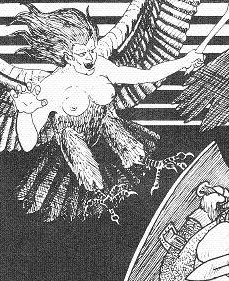I played in a modified Pathfinder game this past weekend and while it was fun despite the clunky rules, it reaffirmed my hatred of the overuse of demi-human and non-human characters, especially flipping to this from running Runequest Vikings and Lamentations of the Flame Princess more recently. The entire group, with the exception of my character, were short people– one dwarf, one halfling and shockingly one of the players actually agreed to play a gnome(!?) which I still find unbelievable. The issue with this type of party is that the stories your are going to be telling, regardless of the module or adventure, are going to be akin to cartoon D&D stories with nearly all the characters being comic relief, which is exactly what it turned out to be. What’s more, with this many shorties, the adventure should be an entirely short-person story, like the fight of the haunchy’s vs their larger oppressors; sort of like playing as Ewoks in a Star Wars campaign vs the evil storm troopers rather than anything bog standard– because the party is magical short people and not made up of regular murder hobos.
The reason for playing Demi-humans in some modern versions of D20 (3.5 and 4th for example) is primarily one of optimization. Examples (which may not be accurate): Dark Elves have X trait that combos with Y class to make an uber-powered character once they hit 5th level, Halflings are ALWAYS the best thieves so why would you ever take any other race with that class, and due to their racial abilities, why would you ever play a non-High Elf magic user? D&D 3.5 and Pathfinder are solely about character progression and optimization: this is their core appeal. Since XP in those versions comes from fighting, most of the optimizations are for combat only and you get into the trap of: ‘I need XP from fighting, and I have to get that XP as rapidly as I can so I need to optimize and if I don’t optimize, other optimization-freaks in the party will castigate me.’
Now, I’m not ripping on gonzo or heroic fantasy per se, non-humans have their place (except for gnomes of course who need to stay in the fucking garden), but look at our party in 13th Age: one Human Paladin, one Wood Elf ranger, one High Elf Sorceress, one Halfling bard and a Human Barbarian. The original group had a Dark Elf cleric as well. When you are a GM and you create stories for this type of group, they are demi-human stories. The first adventure was a mission that the elves were on for the Elf Queen, and the humans were ancillary characters (at first). Since 13th Age is like the Feng Shui of D20 games, that is: mega gonzo, with cities on the backs of behemoths and armies of demons invading everywhere, this is not out of sorts. At the lowest levels you are thrown into fights with Dragons and hordes of trolls, etc. so it feels more natural to have ‘magical’ beings around from the outset, but even then you are in danger of your party becoming a ‘comic relief’ party instead of something people take seriously. The difference in 13th Age for the XP optimization trap is that the GM determines when the level up happens– there is no XP. While this seems subtle, this is a huge motivation for characters to do things outside of combat to advance their campaign goals and nothing, NOTHING is on an on-rails adventure path where fights must happen to garner the characters enough XP to advance the story.
I guess in my experience with the comedy races/classes: Halflings are always hammed up, barbarians and the oft-maligned Bards (of any race) are also usually played a bit hammy. Elves are for the most part very serious and humans can run the gamut from serious to HAM. Teiflings, really just a different type of Dark Elf but they seem less serious. Gnomes– just should never be played or included in any fantasy setting with the exception of this. Unless you are looking to play cartoon D&D.
If you have too much Ham in your races and classes (note the Bard and Barbarian are both dangerous in this regard because you could double up with a barbarian halfling or a Dragonborn Bard…), your game is going to descend into HAM regardless of the seriousness of the material you bring to the table as a GM. While it’s certainly personal taste, I just want my games more like this:
Rather than this:


